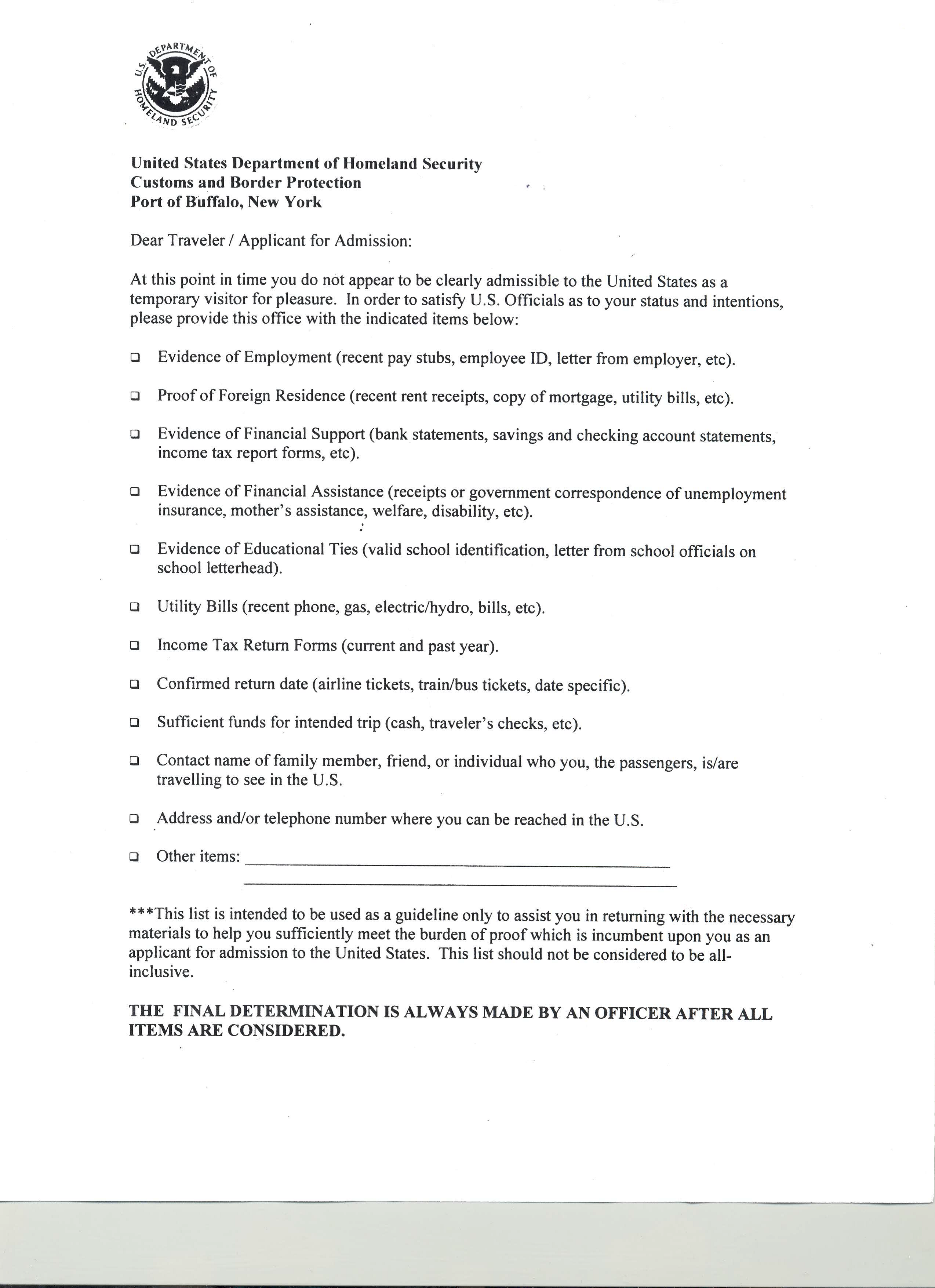We don’t pay ransom, and there were 7 prisoners. Since, Iran has kidnapped our navy sailors and captured 2 more Iranian-Americans.
Where are the emergency congressional hearings?
Washington, D.C. – House Foreign Affairs Committee Chairman Ed Royce (R-CA) issued this statement in response to the Wall Street Journal’s report on the Obama administration’s $400 million cash payment airlifted to Iran the same day Iran released American prisoners:
“The logistics of this payment – literally delivering a plane full of cash to evade U.S. law – shows yet again the extraordinary lengths the Obama administration will go to accommodate Iran, all while hiding the facts from Congress and the American people. Hundreds of millions in the pockets of a terrorist regime means a more dangerous region, period. And paying ransom only puts more American lives in jeopardy. We already know the Iran nuclear deal was a historic mistake. It keeps getting worse. What else is the Obama administration hiding?”
NOTE: In February, Chairman Royce sent a letter to Secretary Kerry requesting detailed information about the administration’s handling of a $1.7 billion payment to Iran. Following an incomplete reply, the Chairman sent a follow-up urging the administration to comply with Congressional inquiries. In particular, Chairman Royce asked for detailed information on how the payment was processed and delivered to Iran. To date the administration has not responded.
U.S. Sent Cash to Iran as Americans Were Freed
Obama administration insists there was no quid pro quo, but critics charge payment amounted to ransom
WSJ: WASHINGTON—The Obama administration secretly organized an airlift of $400 million worth of cash to Iran that coincided with the January release of four Americans detained in Tehran, according to U.S. and European officials and congressional staff briefed on the operation afterward.
Wooden pallets stacked with euros, Swiss francs and other currencies were flown into Iran on an unmarked cargo plane, according to these officials. The U.S. procured the money from the central banks of the Netherlands and Switzerland, they said.
The money represented the first installment of a $1.7 billion settlement the Obama administration reached with Iran to resolve a decades-old dispute over a failed arms deal signed just before the 1979 fall of Iran’s last monarch, Shah Mohammad Reza Pahlavi.
The settlement, which resolved claims before an international tribunal in The Hague, also coincided with the formal implementation that same weekend of the landmark nuclear agreement reached between Tehran, the U.S. and other global powers the summer before.
“With the nuclear deal done, prisoners released, the time was right to resolve this dispute as well,” President Barack Obama said at the White House on Jan. 17—without disclosing the $400 million cash payment.
Senior U.S. officials denied any link between the payment and the prisoner exchange. They say the way the various strands came together simultaneously was coincidental, not the result of any quid pro quo.
“As we’ve made clear, the negotiations over the settlement of an outstanding claim…were completely separate from the discussions about returning our American citizens home,” State Department spokesman John Kirby said. “Not only were the two negotiations separate, they were conducted by different teams on each side, including, in the case of The Hague claims, by technical experts involved in these negotiations for many years.”
But U.S. officials also acknowledge that Iranian negotiators on the prisoner exchange said they wanted the cash to show they had gained something tangible. Read more here from the WSJ.




